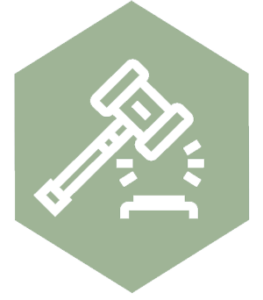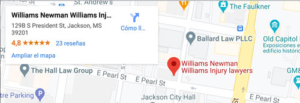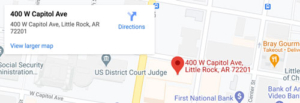Radiologists and Elder Abuse
While radiologists in Mississippi and throughout the country are capable of detecting possible child abuse cases, most of them have not been trained in detecting elder abuse. According to a study, a number of radiologists have stated they would like to receive this type of training.
However, no research regarding elder abuse injury patterns exists. Added to this is the fact that compared to child abuse, elder abuse is much more complex to detect. Other issues that make elder abuse difficult to spot are the fact that elderly people are more prone to suffer injuries from falling, their use of anticoagulant medications and age-related osteopenia. A further complication is due to the varying differences among elderly individuals of the same age.
The study interviewed 19 diagnostic radiologists, all who stated they would like to have more training in the area of elder abuse. Of the 19, just two said they had actually received training regarding elder abuse detection, formally or informally. Because of the study’s results, the researchers are planning additional studies to identify pathognomonic injury patterns and find methods that would help radiologists detect elder abuse.
According to reports, about 10 percent of older adults in the U.S. annually suffer mistreatment, and elder abuse has contributed to increased rates of morbidity and mortality. Therefore, radiologists are in a good position for suspecting elder abuse in their patients who have suffered acute injuries and must undergo radiographic imaging after their doctor has examined them. An attorney who is assisting the family members who suspect that their loved one has been mistreated at a nursing home might use the findings of the radiologist as evidence in a subsequent personal injury lawsuit.
Source: Psych Central, “Study Urges Training Radiologists to Detect Elder Abuse”, Traci Pedersen, Dec. 28, 2016















